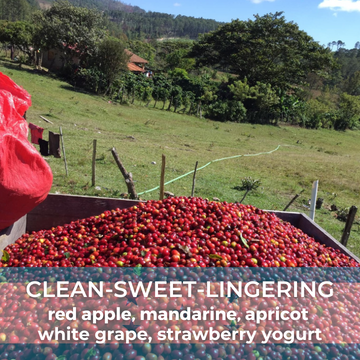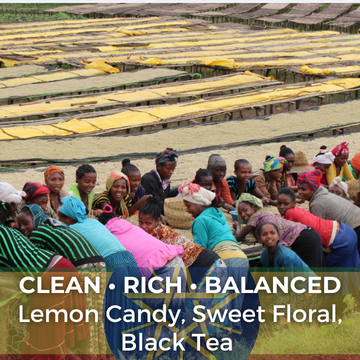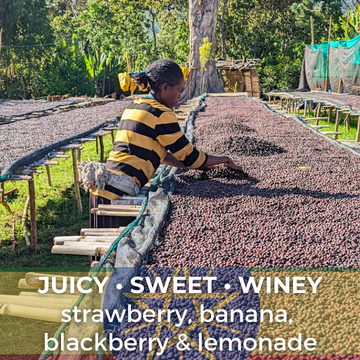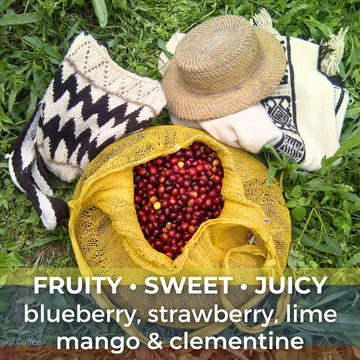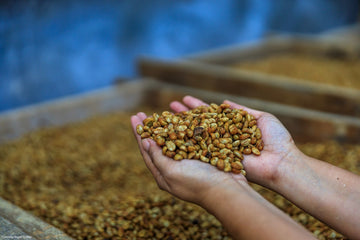Understanding Coffee Processing Methods
The way a coffee bean is processed from the growing plant to the burlap or hemp bag that it is shipped in bears tremendous significance to its flavor in the cup. Understanding the different ways a coffee bean is processed will go a very long way in understand why your cup tastes the way it does.
Picking
Picking the coffee at it's peak ripeness is vital and it is a constant challenge for producers to maintain in regards to quality. There is no mechanical way to pick coffee that will only select the ripe cherries, so hand picking is necessary in so far as quaility coffee is concerned. Any time you see that a coffee is mechanically picked you can be sure that you are not going to get quality.
Pickers are paid by volume, and cherries ripen on a tree gradually so a tree must be picked over several times in a season. This means that the temptation to pick cherries before they are perfectly ripe is tremendous. Farms with good quality control, and overall passion for good coffee, tend to produce the best harvests for this reason.
A cherry that is picked at peak ripeness will be sweet and intense in its flavor.
Washed Process
The washed (often referred to as Fully Washed or simply Wet) process is done by completely removing both the cherry and the mucilage from the outside of the bean using mechanical friction, fermentation and water. The mucilage contains a lot of sugar and plays a big role in the level of sweetness in the coffee. In wet processing, the mucilage is removed immediately through mechanical means or through being soaked in a gentle fermentation solution.
Because of the washing process, these coffees tend to have much less chaff.
Washed/Wet processing is probably the most common processing method used today, primarily because there is less risk of mold, over fermentation, rot, and other problems that come from dry processing. Wet processed coffees also tend to have a more "classic" flavor profule that most people expect from a coffee.
Semi-Washed Process
Often called "Honey Process" this method begins like the Washed Process does. The cherry is removed from the bean leaving some mucilage behind. However, at this point instead of removing the mucilage from the bean, the mucilage is left to dry on the bean. This imparts a sweeter, fruitier flavor to the bean in the final cup.
Dry Process
Often referred to as Natural Processing, this method does not remove the cherry immediately after picking like in the above methods. This is how coffee was originally processed thousands of years ago. The cherry is left intact and dries like a raisin around the bean. The sugar and alcohols on the fruit causes natural fermentation inside the closed environment of the fruit skin. There is danger in over fermentation and rot, but this can be managed by skilled oversight.
Natural processed coffees are usually more complex, heavier, and sweet with generally lower acidity than their fully washed counterparts.
Drying
Don't underestimate the importance of drying on the flavor quality of the coffee bean that results. Drying is tough to manage. Dry too fast, and the moisture content will be uneven and the cell structure of the beans will be damaged. All kinds of variables can affect the drying. How thick the beans are piled together, air flow, the humidity of the air, and how often the beans are turned all have to be managed carefully.
Beans are typically dried either on raised beds or on patios. Depending on the climate, they may use plastic sheeting over the beans, or parabolic solar dryers. When these solar drying techniqies are not working, some farms will use mechanical dryers as a last resort.
